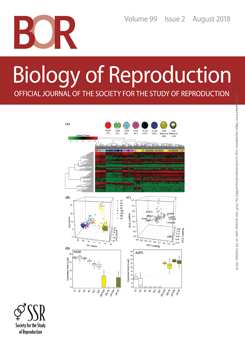Male infertility is a complex condition, and for the most part, all men produce defective spermatozoa, but infertile men have a tendency to produce more. Despite attempts to classify infertility, there is no definitive test. One approach would be to use protein biomarkers; however as yet, we still do not understand proteins that are differentially expressed within defective spermatozoa. As such, we took nine men (fertility status unknown) and used Percoll density gradients to isolate a population of good- and poor-quality sperm. For four of these men, we also obtained multiple ejaculations. The most noticeable differences between the Percoll-isolated fractions were motility and CMA3 staining. While the good sperm fraction produced cells with at least 80% forward progressive motility and low levels of CMA3 staining, the poor-quality sperm demonstrated less than 10% forward progressive motility and higher levels CMA3 staining. Using the technique of sequential window activation of all theoretical mass spectra, we quantified 2774 proteins and found 171 proteins to be significantlymore abundant in the good sperm fraction, while 104 proteins were significantly more abundant in the lower sperm fraction (adjusted Benjamini–Hochberg significance of P < 0.018, minimum 2-fold difference).
Summary Sentence
Several proteins are found to be consistently aberrantly expressed in poor-quality human spermatozoa





